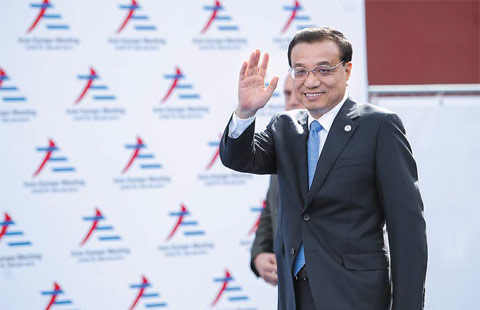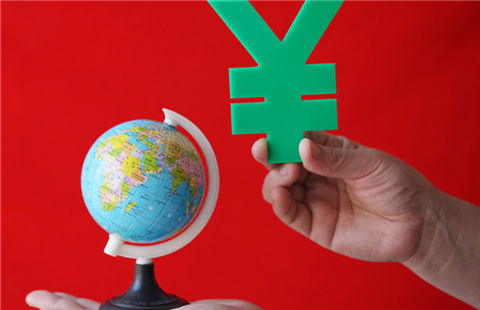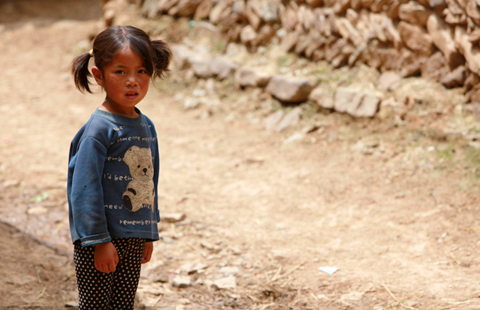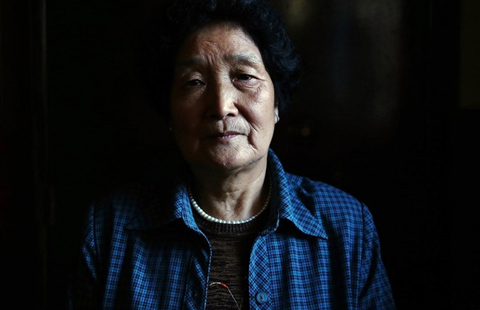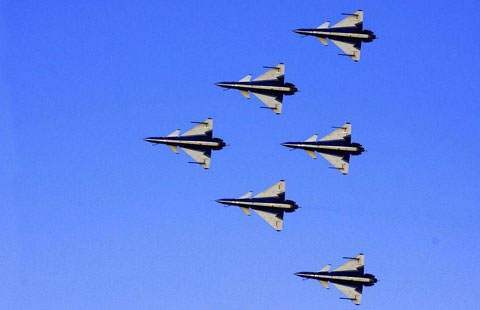
The region ravaged by the Ebola epidemic has the economic potential to prevent future medical crises
News out of Africa has been dominated lately by international efforts to stop the spread of the Ebola virus that has killed more than 4,000 in a corner of West Africa.
Ebola hemorrhagic fever is not only imposing devastating human losses in the three hardest-hit countries - Guinea, Liberia and Sierra Leone. The World Bank has warned that Ebola could cost the West African economy $32.6 billion by the end of 2015 unless it is quickly contained.
And, as reported in The Guardian, World Bank President Jim Yong Kim said the epidemic shows "that weak public health infrastructure, institutions and systems in many fragile countries are a threat not only to their own citizens but also to their trading partners and the world at large.
"The enormous economic cost of the current outbreak to the affected countries and the world could have been avoided by prudent ongoing investment in health system strengthening."
Put another way, the virus shows why the story that has been largely set aside for now, that of "Africa rising", is so important.
Economically strong nations have resources and institutions that are better able to cope early on with disease outbreaks, or, indeed, to prevent them in the first place.
The World Bank noted that successful containment of Ebola in Nigeria and Senegal showed that it is possible to limit the spread of Ebola with existing health system capacity and a resolute policy response, according to The Guardian.
While bringing Ebola under control in Guinea, Liberia and Sierra Leone at this point is going to take huge amounts of international assistance, the future could be different. Indeed, the region now shaken by crisis has been on the verge of an economic takeoff.
While average GDP growth in Africa as a whole was some 5 percent in 2013, growth in West Africa, driven by rising commodity-related investments, was higher, at 6.7 percent, according to United Nations figures.
Liberia and Sierra Leone, which had been devastated by a decade-long civil war ending early this century, instead by last year were among the world's top-ten fastest-growing economies, according to The Economist.
Guinea, Liberia and Sierra Leone have vast iron ore deposits that could play a major part in the story of the continent's emerging steel mill capacity expansion, taking place in Africa's larger economic hubs including South Africa, Ethiopia and Nigeria.

West Africa, particularly Guinea, Liberia and Sierra Leone, is so rich in iron ore it has been dubbed "the new Pilbara", after the Pilbara region of western Australia that provides much of the iron ore for China's industrialization and helped buoy Australia's economy during the recent international financial crisis.
While war and political unpredictability had long stalled development of the region's iron ore reserves, post-war regional stability and political change in Guinea have changed this.
A four-way $20-billion deal signed in May will begin exploitation of what majority stakeholder Anglo-Australian mining giant Rio Tinto says is one of the world's largest untapped high-grade iron ore deposits, in Simandou, Guinea. The four partners are the government of Guinea, Rio Tinto, China's aluminum giant Chinalco, and the World Bank's private sector lending arm, the International Finance Corp.
Rio Tinto says the Guinean deposit, with more than 2 billion tons of high grade iron ore, could sustain a mine life in excess of 40 years.
The deal would make Guinea home to Africa's largest iron ore mine and largest infrastructure project. The Australian newspaper reported recently that the deal is on track to deliver the project's first shipment of iron ore in 2018, despite the Ebola outbreak.
Guinea's mining minister told The Financial Times that the development would be a "game changer" for one of the world's poorest countries.
"With Simandou, our country is expected to have a double-digit growth rate very soon," said Kerfalla Yansane, mining minister.
At the same time, Sierra Leone and Liberia, also with help from foreign investors, are better exploiting their iron ore reserves.
In May at the World Economic Forum on Africa, held in Nigeria, Premier Li Keqiang spoke of Africa having become a "major pole in global economic growth". He added that realizing Africa's economic potential required infrastructure, and also that China has spare financing and production capacity in this area. He vowed that China would help Africa build a rail, expressway and aviation network - a vow that will require vast quantities of steel.
While Guinea, Liberia and Sierra Leone do not have the capacity to produce enough electricity to support mega steel production, they should have ready customers elsewhere in the continent.
In September, for example, Hebei Iron and Steel Group Co, China's second-largest steel producer, agreed to take a 51 percent stake in a venture with South Africa's Industrial Development Corp and the China-Africa Development Fund. The deal will see a large steel mill built in South Africa that The Wall Street Journal says will be China's largest overseas steel mill. The first phase of production would start in 2017, and by 2019, the completed plant would be able to produce 5 million metric tons annually, mainly of construction steel.
Other foreign investors, including China's Sinosteel and Italy's Danieli SpA, have been in discussions about steel capacity expansions in Nigeria and Ethiopia.
Aside from income from royalties and taxes that can pay for more hospitals and medical specialists in the ore producing countries, the steel produced from it by these emerging mass-scale African steel mills would serve two purposes beyond exports outside of the region. Firstly, it can be used to construct an infrastructure network and commercial landscape across the continent to literally support Africa's rise. Secondly, it would also provide raw materials for planned East Asian-invested automotive and other manufacturing plants in eastern and southern Africa.
This vision of dual-track industrialization, of infrastructure and goods manufacturing, offers the fabric of the continued Africa rising story. It also hints at Africa's potential to emulate the story of the arrival of steel mills in East Asia, from the United States and Europe, that went on to supply some of the ingredients of what former World Bank economist John Page described as the East Asian economic miracle.
Looking beyond the current Ebola crisis, it's clear that Africa has a chance for the same type of substantial improvements in healthcare, education and other standards of living that miracle has produced.
The author is a Beijing-based academic who holds a doctorate in economics from Peking University, and specializes in China-Africa affairs.
|
Zhang Chengliang / China Daily |
(China Daily Africa Weekly 10/17/2014 page11)
